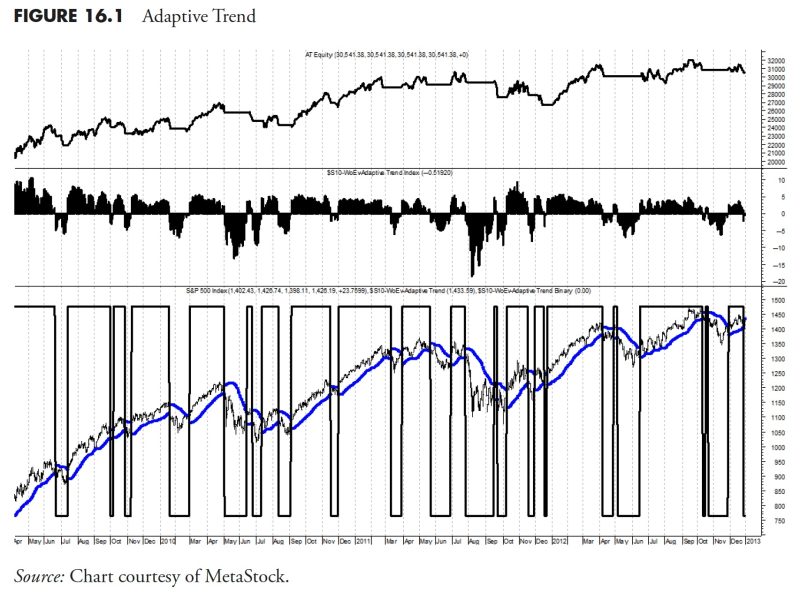Within a comprehensive rules-based money management system, one of the major components is the utilization of trend-following. Utilizing this strategy effectively can be instrumental in long-term portfolio growth and performance. This article will highlight the concept of trend-following, its logic, the benefits of its application, and some effective trend-following strategies.
Understanding Trend-Following
Trend-following is a trading system based on the principle that once a market starts moving in a particular direction, it tends to continue in that same direction more often than not. This is contrary to the ‘buy and hold’ strategy, popular with passive investors, where assets are purchased with the goal of long-term appreciation. With trend-following, consistently monitoring market changes is critical, and positions can be held for an unspecified length of time—as long as the trend continues.
The Logic Behind Trend-Following
At the heart of trend-following’s logic is the idea that it allows traders to benefit from randomness and market inefficiencies. Oftentimes, market movements do not logically follow data releases or news events. Trend-following, therefore, allows investors to operate within a framework of rules which can provide a systematic response to these market changes – buying when prices are trending upwards and selling when they start to trend downwards.
Benefits of Applying Trend-Following in Money Management
1. Flexibility: Trend-following is indifferent to the type of trend, whether bull (rising prices) or bear (falling prices), allowing traders to profit in any market condition.
2. Risk Management: It offers investors a systematic way of trading, reducing emotional decision-making. By following the trend rules, traders can mitigate the risks of volatile market conditions.
3. Profitability: The strategy capitalizes on the larger market moves. Even if minor trends result in small losses, one big trend can generate substantial profits that can offset those losses and even create significant gains.
Effective Trend-Following Strategies
1. Moving Averages: This is a simple yet common trend-following strategy that uses a moving average line, which is the average price of a security over a specific number of periods. When prices move above this line, it may signal a rising trend and vice versa.
2. Breakouts: This strategy involves identifying significant price levels that, if surpassed, can lead to large buyer or seller interest. For instance, when prices move above known areas of resistance, it may indicate a starting upward trend.
3. Channel Breakouts: This strategy involves drawing a line over the peak prices and another under the bottom prices to form a channel. When prices break out of this channel, it is an indication of a possible new trend.
Ultimately, the effectiveness of any trend-following system lies in the discipline and adherence to its rules. Traders should remain vigilant to market changes, consistently apply the rules and not be easily swayed by short-term fluctuations. In essence, trend-following transforms the unpredictable nature of the market into a manageable system that can ultimately be rewarding when appropriately applied. Despite its simplicity, trend-following can be a powerful tool in successful money management. Understanding its core principles and strategies helps investors make disciplined, systematic, and profitable trading decisions.




